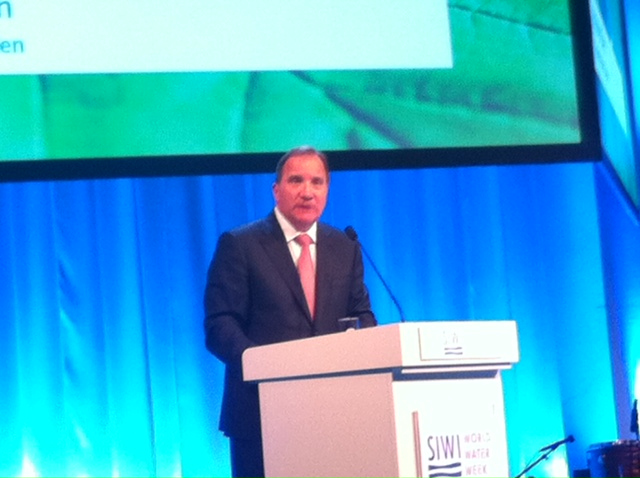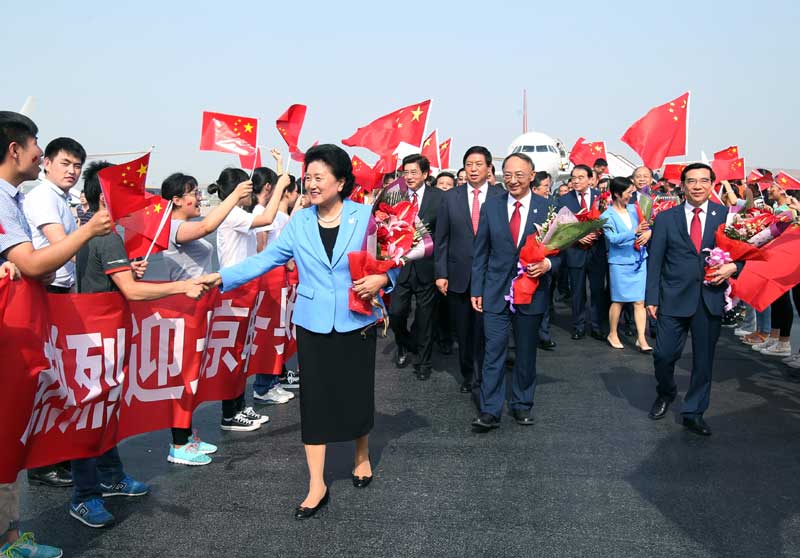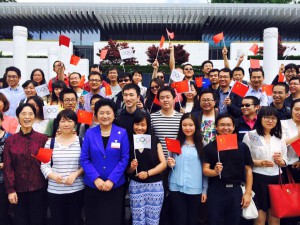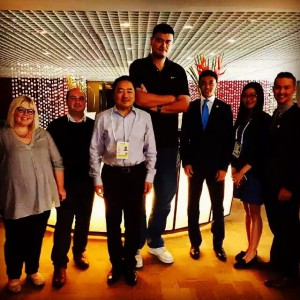BEIJING, July 28 (Xinhua) — As grannies “cut a rug” square dancing in public parks, young Chinese prefer breaking a sweat in the gym or with online workouts to burn calories.
Zhang Jianming, a 29-year-old research fellow at East China’s Suzhou Industrial Park, is active at the gym. He works out five to six days a week, and focuses on hitting different body parts each day. For him, typical training programs include an hour of lifting or bodyweight exercises, and half an hour of cardio session.` After beginning the workout regimen in September, 2013, Zhang’s body fat percentage dropped to 17 percent from 23 percent. He is noticeably bulkier, and feels more confident.
Fitness fanatics like Zhang have been springing up in China over the past two years. An industry report shows that the total number of gym attendees in 70 major Chinese cities has increased by four to five million each year since 2011.
Behind the exercise trend is growing enthusiasm for fitness and health. As wealth accumulates, the country’s increasingly sophisticated middle class increasingly have the urge to disengage from work, relax and move around.
Jogging has taken off in big cities, despite the notorious smog problem. More urbanites wear fitness tracking bracelets or other wearables as a manifesto for healthier lifestyle. Celebrities also actively jump on the fitness bandwagon. They post gym selfies to show off their abs and more importantly, win fans.
Public awareness of fitness generally begins when a nation’s GDP per capita hits 5,000 U.S. dollars. Should it surpass 8,000 U.S. dollars, the fitness industry will become a pillar in the national economy, said Liu Qing, deputy secretary-general at Chinese Association of Sport Industry.
China’s GDP per capita exceeded 5,000 U.S. dollars in 2011 and reached 7,575 U.S. dollars last year, according to official data.
The fitness fanaticism sweeping the world’s second largest economy coincides with the growth of mobile Internet and the boom of social media. Unlike the older generation of gymrats, younger fitness enthusiasts like Zhang are more apt to explore online resources to work out smarter.
Under his WeChat account, China’s biggest social messaging service, Zhang follows a dozen of fitness blogs. Everyday, he will sift through the news feeds to learn about new workout programs or dietary instructions.
Wang Yin, 30, is one of Zhang’s favorite bloggers. In September, 2013, almost the same time when Zhang begun hitting the gym, Wang, a financial professional-turned-fitness guru, started blogging with his wife on WeChat and microblog Weibo.
“I felt like a new man after finishing a two-month workout regimen,” recalled Wang. He was also startled to find how little those who crave a thinner life know about health and fitness.
“Most of them, especially the girls, will hit the dead end circle of ‘diet, give up, get fat’. They simply don’t know how to chisel away body fat through exercise,” he said.
The Shanghai-native then decided to share health, nutrition and fitness knowledge he has learnt with others. His blogs became an instant success. He has garnered about one million followers on Weibo, and nearly 400,000 on WeChat over the past two years.
As the Chinese government has been looking to entrepreneurship and innovation among the bright spots in a slowing economy, Wang also felt he has found a sweet spot to cash in on the booming demand for keeping fit.
He resigned from his post at a private equity firm to launch a startup company called Fit-start in September, 2014, which happened to coincide with the one year anniversary of his blogs.
“The market has immense potential,” said Wang, with over five years of investment experience.
On June 19 this year, Fit-start introduced apps offering custom online workout and dietary plans on the iOS and Android app stores. Wang said there have already been more than 100,000 downloads by now.
However, Wang’s rivals have also been looming large. RJFitTime, another influential blog operated by two twenty-somethings, has attracted two million followers combined across all social media platforms. RJFitTime launched apps earlier this year, streaming a variety of exercise programs to its subscribers.
An estimated 50 health and fitness apps came online in the first half of this year. Most of them eye the same niche market as Fit-start and RJFitTime – the beginners.
“When we start our business, the fitness industry was still a ‘blue ocean’, where the market space is vastly uncontested,’ Wang said, “but now, it’s fairly crowded.”
For users like Zhang, the swarm of fitness apps allows them to get a lot of services for nothing. Zhang said he will not consider trying paid options of those apps, because he thought the free content is already enough.
That mentality is certainly not pleasing to Wang, who has been working hard to bind users with online paid trainers. But the former investment banker is still optimistic about the future of China’s fitness market.
“After all, this is a budding industry. The market is huge, and there is no dominant player at the moment, which means everything is possible, ” Wang said. Enditem





















